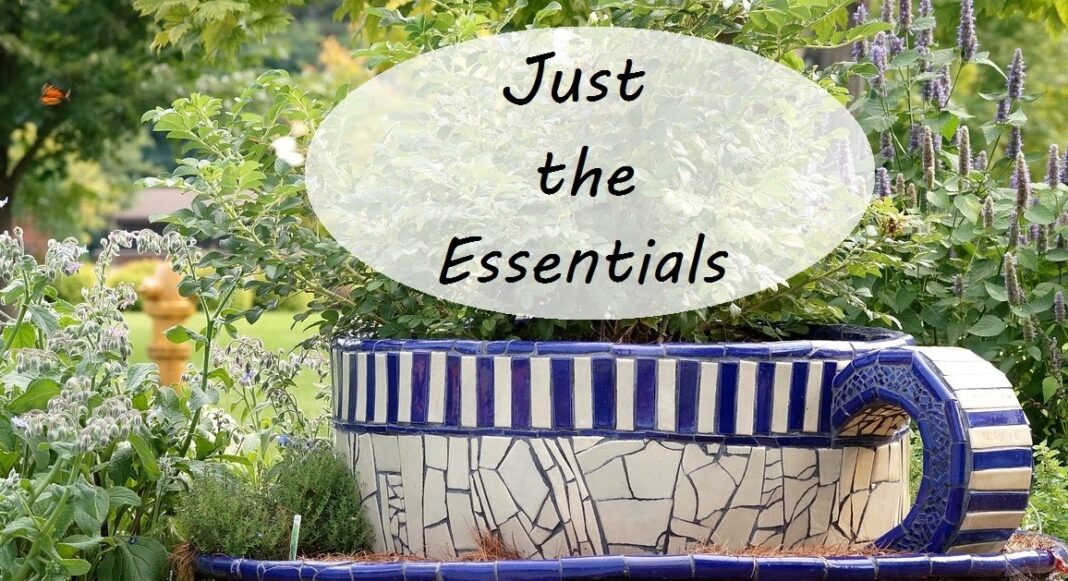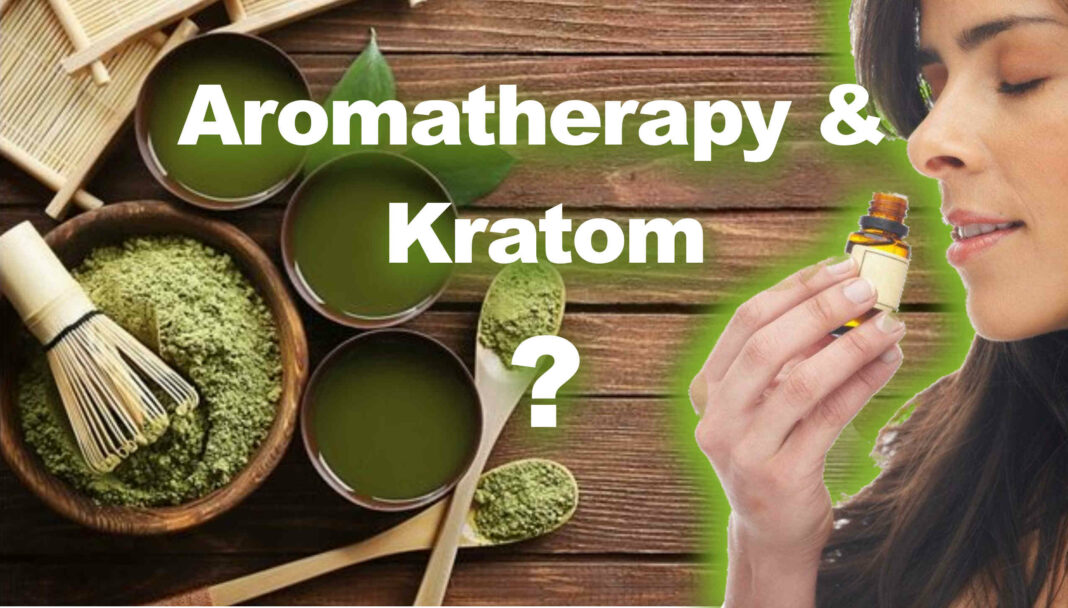Our most recent newsletter went something like this.You can sign up for the FREE “Just the Essentials” on our website. It is separate from The Essential Herbal Magazine. I
ran across this writing sample that I submitted for a book and
ultimately chose not to write, and thought it might make an intro to a
nice little newsletter/blog post!Tea Garden Basics – 5 Great Herbs for BeginnersAfter deciding that it’s time to start a tea garden, there
are some basics to think about. It’s
important to become familiar with what the individual plants require before
starting to dig. Plants all need varying
amounts of sunlight, water/humidity, and nourishment from the soil. Growth habit is another consideration, as
some plants are tall, some short, some aggressive, and some easily
overtaken. This information is easily found
by reading a bit about them or asking the herb farmer where you purchase the
plants. Seed packets will usually supply
this information as well.
One of the most reassuring bits of information given to me
when starting out was that most herbs are weeds. That means that if they are given some
semblance of their requirements, they will find a way to flourish unless they
are completely out of their native environment, although even then we might get
a season of growth from them.
Remember that in general, plants aren’t very expensive. You will lose a plant or two each
season. Sometimes a plant is contrary
and doesn’t act the way it’s supposed to. That’s part of the adventure and part
of the learning experience. Each season
is a new beginning and it never gets old.Here are several nice options for a beginning herb tea garden. Chamomile
Matricaria chamomilla (or recutita) is also known as German, or wild
Chamomile. This is the one often found
in disturbed areas, fields, and along the roadsides. An annual, it spreads rapidly, with an
upright, leggy growth habit.
Chamaemelum nobile, Roman,
English or garden chamomile, is a much more behaved plant, better suited for
the garden. It grows closer to the
ground and is sometimes used as a perennial ground cover, being resilient
enough to put up with being walked up (and sending up soft apple-like fragrance)
and the occasional mowing.
Combine with equal parts Lemon Balm, Catnip, and Spearmint for a lovely
relaxing tea.
Mint – MenthaThere are too many mints to list.
There are literally hundreds of varieties and cultivars. If you get a few different ones and plant
them too close together, you wind up with something completely different, and
none of the original mints that were planted.
Mints are usually one of the first herbal teas that people enjoy, and
they are blended in to many recipes for flavorful brews. All of the mints have
a wide variety of attributes such as being analgesic, antimicrobial,
antiseptic, antispasmodic, diaphoretic, digestive, and mildly stimulant.
Double Mint TeaBlend together 1 part Spearmint and 1 part
Peppermint.Use a heaping teaspoon per cup of water. Steep for 5 minutes.Note:
One of my favorite ways to enjoy this is by mixing it half and half with
black or orange pekoe tea (camellia sinensis).
It has the refreshing lift of mint with a little caffeine from the black
tea, so it’s a real pick-me-up in the middle of the afternoon.Holy Basil aka Tulsi, Ocimum
tenuiflorum I’m not sure I’ll ever not have holy basil growing in the garden, even though
it is an annual here. It is an ally in
so many ways that it would take an entire book to talk about all of them. It is revered in India, and in Ayurvedic
medicine as well.Holy basil is well suited to almost everyone. That’s fortunate, because it is spectacular
for anxiety or dread that causes some people to blow an interview or forget the
answers on a test. It calms that hot,
sweaty panic that rises and allows one to almost stand aside and coolly assess
a situation. It may be more precise to
say that the cloud of confusion and stress moves off to the side leading to
more emotional and intellectual clarity.
Besides the emotional, there are many health properties, too.
Holy basil is very often blended with rose petals for a soothing, uplifting
tea.Lemon BalmLemon
balm thrives incredibly well in whatever situation it is in. It likes
well-drained soil with plenty of room (trust me it’ll grow), but unless you
want it taking over every nook and cranny in your garden you may want to keep
it contained. Lemon balm is well loved by pollinators. It’s Latin name Melissa officinalis actually means bee
in Greek.Lemon balm is wonderful for those who suffer from SAD but is also incredibly
tasty in teas and baked goods. It is used mainly for anxiety, insomnia, and
indigestion. It’s Latin name Melissa
officinalis actually means bee in Greek.
Lemon balm is a carminative, diaphoretic, and may reduce a fever.
This plant is wonderful to give to little ones and fussy adults when they are
sick with a cold or fever. You can also drink a tea after a large meal to fight
off the symptoms of indigestion. It may also help you drift off to sleep
afterward.Sage, Salvia officinalisGarden sage is a perennial in my zone 6b garden. In lower zones, it depends on the winter, and
may not withstand the weather. It gets
woody after a couple of years and needs to be trimmed back or the branches
break and rot.Sage has a strong ability to help with mouth and throat issues, making fast
work of sore gums or throat. It is
calming and grounding when used either internally or topically. It has been used traditionally to bring down
fevers and bring sleep. Menopausal hot flashes respond to tea or tincture.Sage tea with meals promotes digestion and helps with stomach pain, excess gas,
diarrhea, bloating, and heartburn. It is surprisingly delicious as a tea,
especially with a little honey and lemon. There
are so many plants that make great herbal infusions. I always grow elderberry, but most berries
are good and many (NOT elderberry) have leaves that taste great. Raspberry, strawberry, and blueberry, for
instance, are wonderful. Thyme is a good
tea herb, passionflower, catnip… the more you learn, the more you brew!For more GREAT information in your email every single month, subscribe to our magazine – The Essential Herbal! www.essentialherbal.com


